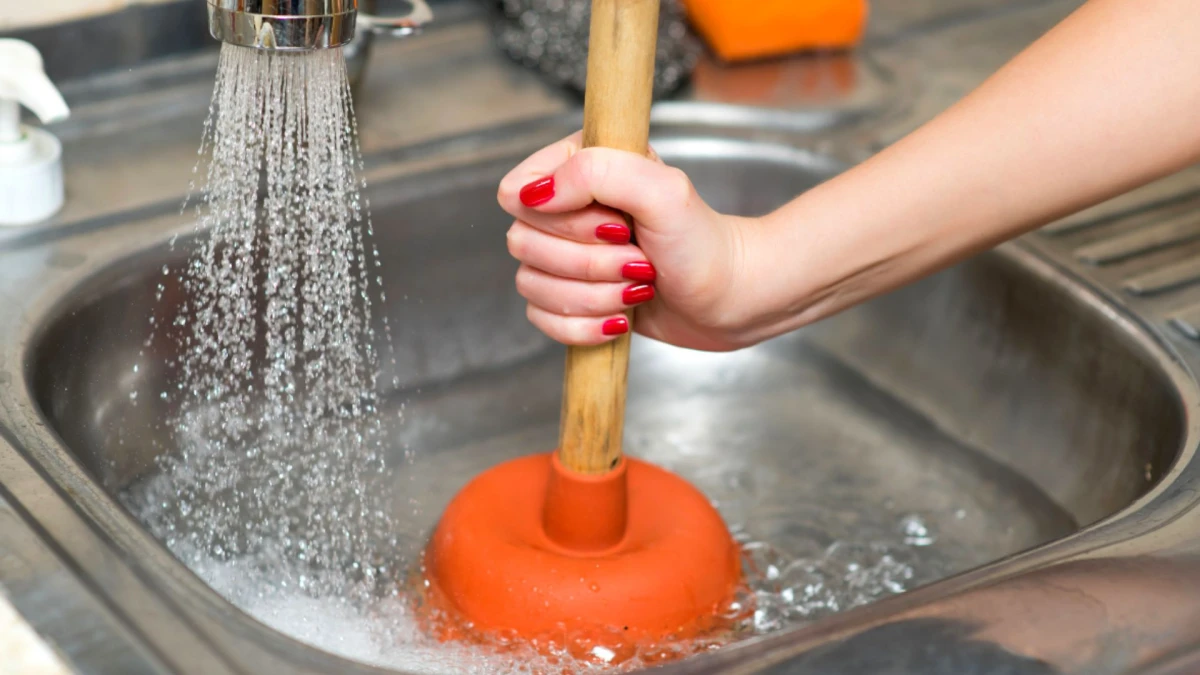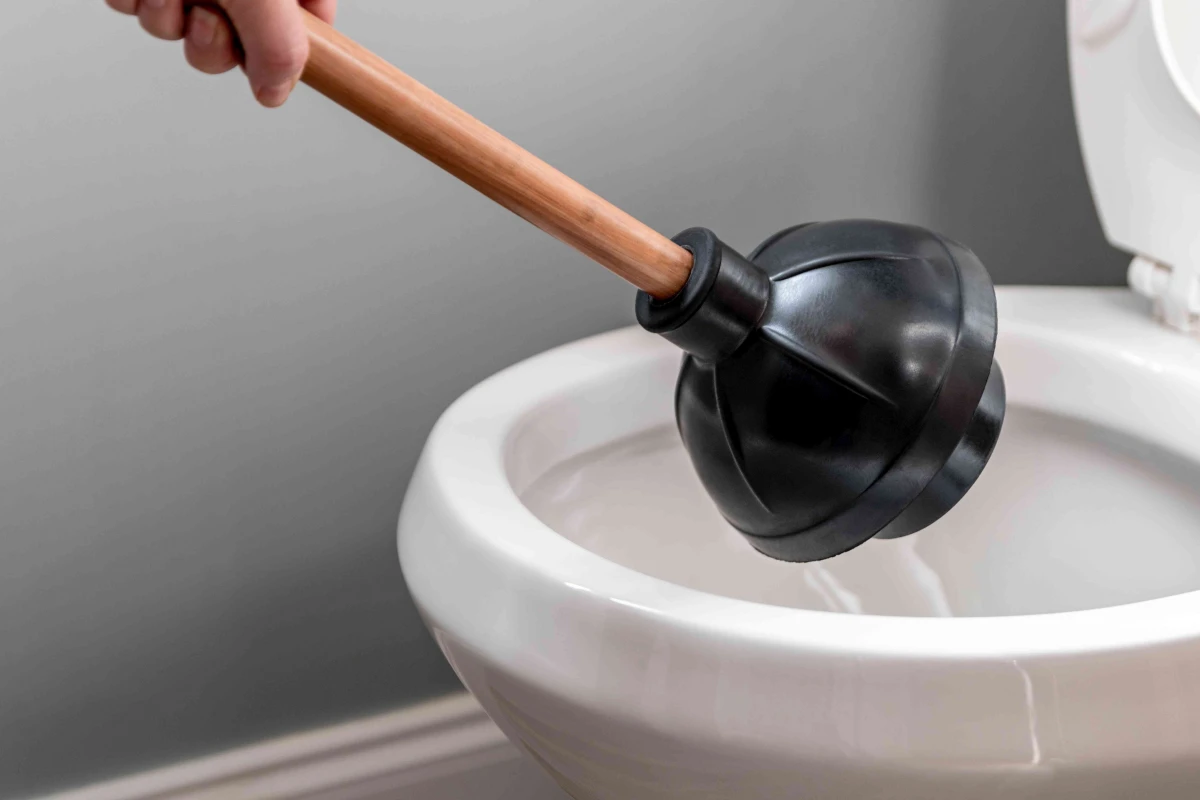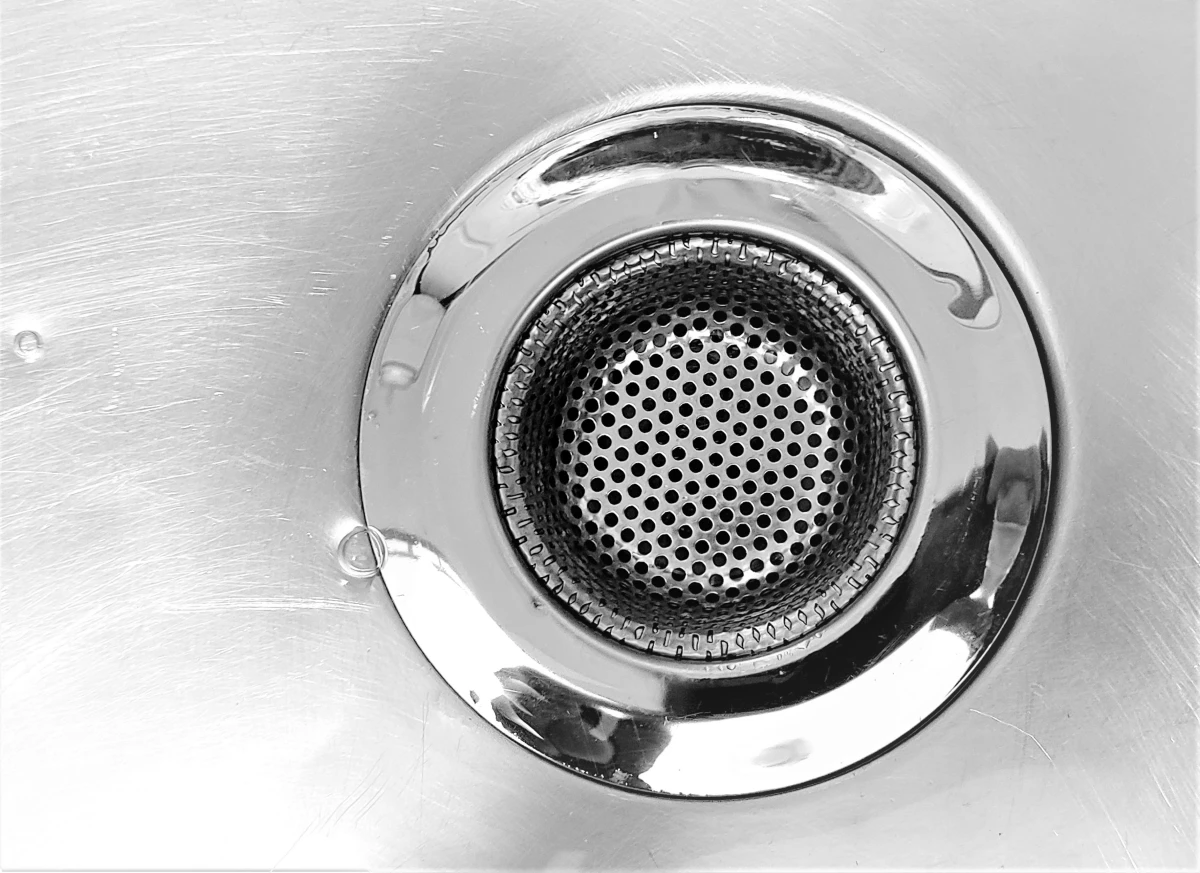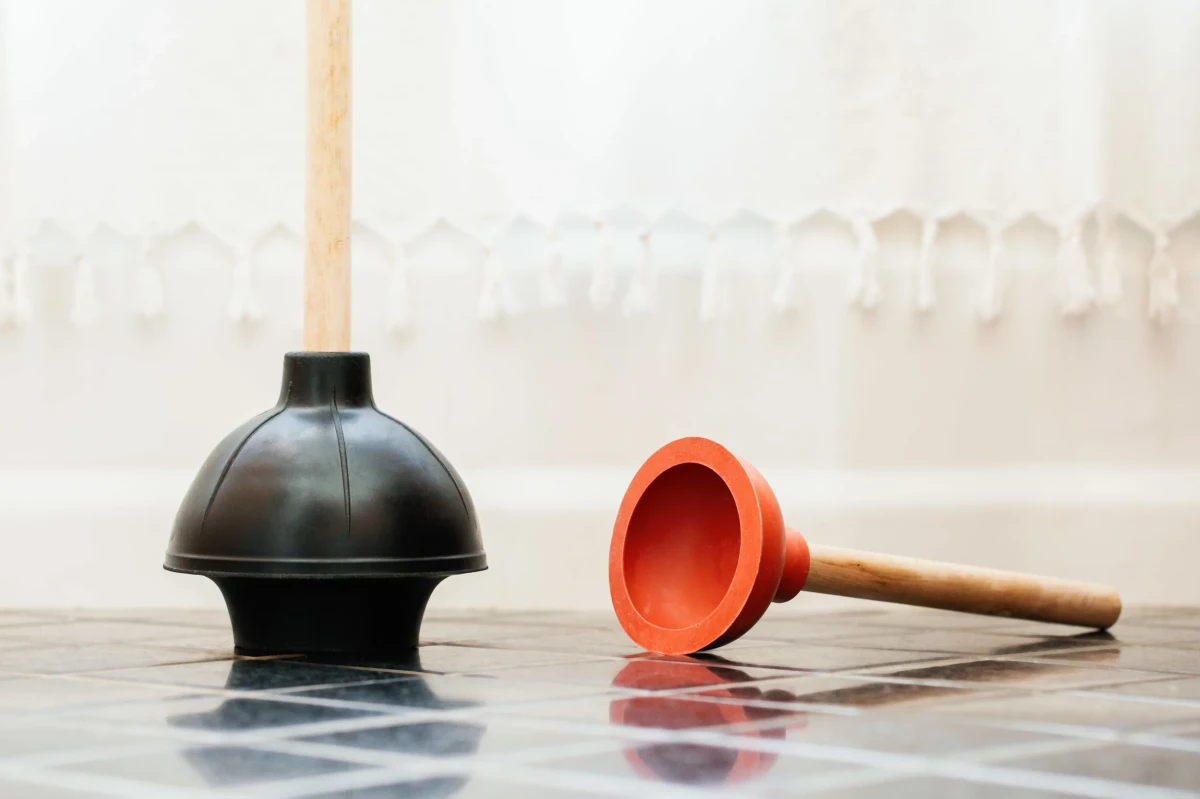How To Use A Plunger: Beginner’s Guide To Easy Clog Handling
In the pantheon of household tools, the plunger stands as an uncelebrated hero. Invented in the late 19th century, this humble device has saved countless homes from the woes of clogged drains. Its utility and simplicity make it a must-have in every household. Whether it’s a minor sink blockage or a more challenging toilet clog, the plunger is often the first line of defense. It’s a testament to the old adage that sometimes the simplest solutions are the most effective. And while it might not be the most glamorous tool in the shed, its ability to solve what could otherwise be a messy problem is undeniable. The convenience of having a plunger at hand cannot be overstated, making it an indispensable tool for homeowners and renters alike. That’s why today we will share with you how to use a plunger properly, so you can quickly and effectively deal with clogs.
The plunger stands as an uncelebrated hero
In this article
How To Use a Plunger
Navigating the waters of household plumbing might not be on everyone’s list of favorite things, but it’s an inevitable part of home maintenance. Among the array of tools at our disposal for such tasks, the plunger stands out for its simplicity and effectiveness. However, using a plunger correctly is more than just a vigorous push-and-pull motion. It’s a skill that, when mastered, can save the day in many a plumbing crisis. Whether it’s a stubborn sink blockage or an uncooperative toilet, knowing how to properly use a plunger is an invaluable part of any homeowner’s toolkit. In this guide, we delve into the nuances of different plungers and provide step-by-step instructions on how to use them effectively. So, let’s demystify this everyday hero of the household and turn a potential headache into a manageable task.
The plunger stands out for its simplicity and effectiveness
Understanding plunger types
In the world of plumbing, knowing your tools is half the battle won. Plungers may seem basic, but they come in different types, each suited for specific tasks. The common sink plunger, easily identified by its flat bottom, is your go-to tool for unclogging sinks and bathtubs. Its design is effective on flat surfaces, where it can create a firm seal. On the other hand, the flange plunger, with its unique extended rubber lip, is a necessity for any toilet-related clog. This type is tailored to fit the curved bowls of toilets, ensuring a tight seal and effective plunge. Selecting the right plunger is not just a matter of choice but strategy, setting the stage for successful unclogging.
Knowing your tools is half the battle won
Preparing for toilet unclogging
Tackling a toilet clog requires a bit of prep work. Start with your flange plunger. It’s crucial to have enough water in the bowl to cover the plunger. This ensures that water, not air, is pushed through the drain to dislodge the clog. Gently place the plunger over the drain hole and press down to create a tight seal. This initial action is crucial – it’s about getting rid of the air and setting up for an effective plunge without causing a splashy mess. Correctly positioning your plunger is key to maximizing its effectiveness and making the next steps as smooth as possible.
Tackling a toilet clog requires a bit of prep work
Executing the plunge
Now that you’ve created the perfect seal, it’s time for the main action. With a firm grip on the plunger handle, use a strong and consistent thrusting motion. Imagine you’re doing a vigorous workout; each plunge should be forceful and deliberate. This creates the necessary pressure and suction to dislodge the clog. It’s not uncommon for tough clogs to resist initial attempts, so persistence is key. Maintain a steady rhythm and don’t be discouraged if the clog doesn’t clear immediately. Sometimes, a little perseverance is all that’s needed to get things flowing smoothly again.
Use a strong and consistent thrusting motion
Tackling sink clogs
Sink clogs call for a slightly different approach. The flat-bottomed plunger is your best friend here. Before you begin, make sure to seal the overflow hole with a damp cloth. This ensures the pressure you apply is directed at the clog and not lost through the overflow. With the overflow covered, place the plunger over the drain and apply the same vigorous plunging motion as you would for a toilet. The goal here is to create enough force to dislodge whatever is blocking the drain. Just like with a toilet clog, consistency and persistence are important. Keep at it, and soon enough, you’ll likely have a free-flowing sink once again.
Sink clogs call for a slightly different approach
Shower and bath drains
For drain clogs, particularly in showers and bathtubs, a methodical approach is key. Start by clearing any visible debris, like hair, from the drain’s surface. This initial step can sometimes be enough for minor clogs. If the blockage persists, use a flat-bottomed plunger. Unlike with sinks, there’s typically no overflow to cover in showers or bathtubs, so you can focus directly on the drain. Place the plunger over the drain, ensuring a good seal, and then use vigorous up-and-down motions similar to how you would plunge a toilet. The objective is to generate enough force to break up the blockage. Consistency in your plunging effort is crucial; some clogs may require sustained effort to fully clear. With persistence, most shower and bathtub drains can be unclogged, restoring free flow and preventing water buildup.
A methodical approach is key here
The art of plunging
Mastering the use of a plunger is about understanding the balance between force and technique. It’s not merely about using brute strength, but about applying the right amount of pressure and suction. Patience plays a crucial role in this process. Some clogs may yield quickly, while others require a bit more effort and persistence. Remember, each plunge is a step closer to solving your plumbing dilemma. With the correct technique and a bit of endurance, the art of plunging can be an easy, effective solution to common household clogs.
Mastering the use of a plunger is about understanding the balance between force and technique
In conclusion, while it might not be a topic that comes up often at dinner parties, knowing how to use a plunger effectively is a valuable life skill. It’s about being self-reliant, about tackling those little emergencies’ life throws our way with confidence. So, the next time you face a stubborn clog, remember these tips and take on the challenge with your trusty plunger in hand. It’s a simple tool, but when used correctly, it’s mighty effective. And who knows, you might just find a newfound appreciation for this unsung hero of the household toolkit.
Knowing how to use a plunger effectively is a valuable life skill


















